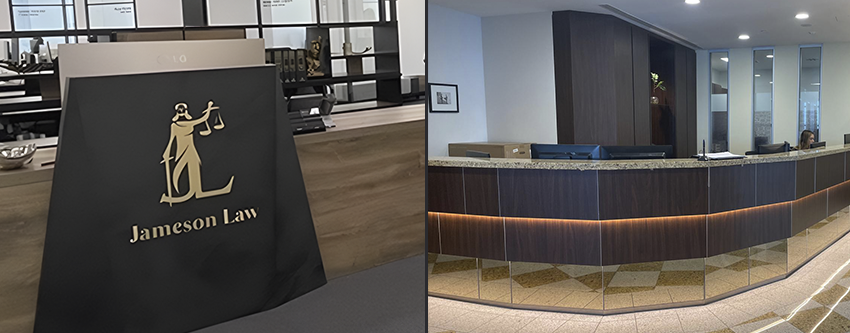Standing on Footpegs
For many years riders would stand on the footpegs to stretch their legs or to ride over an obstruction, not always thinking about legality. The rule was changed after representations by rider groups, and you may stand on your pegs with your backside off the seat in limited situations. The key is whether it is safe in the circumstances. See Road Rules 2014 (NSW) reg 271.
Police sometimes take a different view and issue breaches for this conduct. The legislation includes a safety qualifier, which can be interpreted by an officer on the day. If you receive a notice, read our guides on traffic offences in NSW, speeding fines and options and licence suspension appeals, or contact Jameson Law for advice.
Reg 271 of the Road Rules
Road Rules 2014
Current version extract, Part 16, Rule 271 (Riding on motor bikes):
(1) The rider of a moving motor bike must sit astride the seat, face forwards, keep at least one hand on the handlebars and keep both feet on the footrests (with limited exceptions below 10 km/h when parking, decelerating to stop or accelerating from stationary).
(1A) A moving rider may stand on the footrests if both feet are on the rests and it is safe in the circumstances. A rider may remove a foot from the rest if seated, the other foot is on a rest and it is safe in the circumstances.
That phrase matters: “in the circumstances, it is safe for the rider to do so”. It can be contested, and evidence helps. If you are stopped, keep conversation to a minimum and know your right to silence in NSW. For court process basics, see NSW criminal court procedures.
Remove Feet off Footpegs
We have acted for riders charged with removing a foot from the peg while moving. Riders sometimes stretch a leg or briefly touch the surface to test grip. The same rule applies as standing on the pegs, see reg 271. Outside the slow manoeuvre exceptions, a rider must keep both feet on the pegs unless seated with one foot remaining on a peg and it is safe in the circumstances.
This gives police discretion to charge. The defence is that it was safe to do so in the circumstances, supported by evidence at hearing. Some matters resolve earlier through discussions or written representations. Get advice early via our pages on traffic offences and appealing infringement notices.
Riding with a GoPro or Dashcam
A growing trend is riders being charged with additional offences after police seize action cameras. Others who appear on that footage can also be approached by police, even if they had no connection with the camera owner.
We have seen days of footage where a camera rider records other riders, then police stop the camera rider and seize the device. Later, police review the footage and visit registered owners seen in the clips, issuing demands to identify the rider at the time. Before answering, get legal advice and consider attending any interview with a lawyer present. Learn what to do if police contact you.
Owner-on-us obligations can apply, see Road Transport Act 2013 (NSW) s 177. Seizure powers arise under the Law Enforcement (Powers and Responsibilities) Act 2002 (NSW). Admissibility of evidence can be challenged where appropriate, see Evidence Act 1995 (NSW) s 138.
Ask whether the footage clearly discloses the alleged offence. For example, if a camera rider follows another bike and the front bike is then accused of speeding, does the footage show consistent distance over time, or was the camera rider accelerating to catch up. Is the camera bike’s speedo accurate. These are all factors that can be tested. Talk to us about court representation and sentencing advocacy if you are charged.
Keep at least one hand on the handlebars
Hands-free riding might feel great, but it is not permitted. The law requires at least one hand on the handlebars whenever you are on the road, see reg 271. Stay safe, ride safe and know the rules. For road safety data, see Transport for NSW Road Safety, and for PCA limits and penalties review our drink driving (PCA) guide.
Need help with a notice or charge. Call (02) 8806 0866 or reach us via the Jameson Law contact page. We can assess the evidence, advise on defences and represent you in court.













